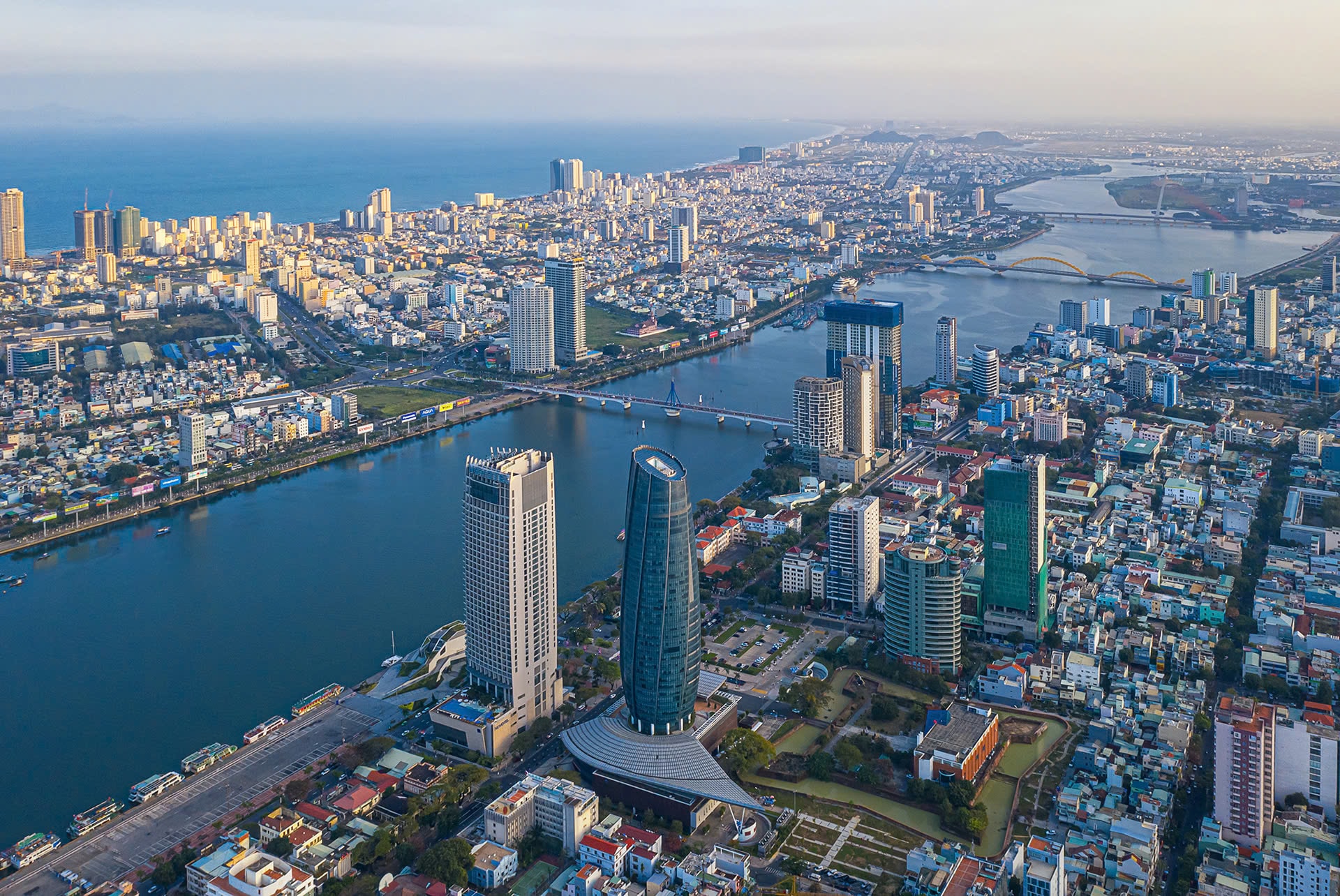
Six resolutions of the Politburo, including: Resolution No. 06-NQ/TW dated January 24, 2022 on planning, construction, management and sustainable development of Vietnamese urban areas to 2030, with a vision to 2045; Resolution No. 57-NQ/TW dated December 22, 2024 on breakthroughs in science and technology development, innovation and national digital transformation; Resolution No. 59-NQ/TW on international integration in the new situation; Resolution No. 66-NQ/TW on innovation in law-making and enforcement to meet the requirements of national development in the new era; Resolution No. 68-NQ/TW on private economic development; Resolution No. 71/NQ-TW dated August 22, 2025 of the Politburo on breakthroughs in education and training development, raising preferential vocational allowances for preschool and general education institutions to at least 70% for teachers.
Resolution No. 06-NQ/TW is the first turning point, identifying urbanization as the driving force of industrialization and international integration. The document sets a target of over 50% urbanization rate by 2030, with a vision of having at least 5 international-class cities by 2045.
The resolution emphasizes integrated planning, green - digital - smart infrastructure, and decentralization of urban government. This is the framework map for the entire urbanization process.
Next, Resolution No. 57-NQ/TW on the development of science , technology, innovation and national digital transformation added a "technology engine" for development. The goal is for the digital economy to account for 30% of GDP by 2030, bringing Vietnam into the top 30 most innovative countries by 2045. For urban areas, this means that traffic, energy and environmental management are all based on big data and artificial intelligence, turning Vietnamese cities into smart cities.
Resolution No. 59-NQ/TW on comprehensive international integration opens the door to global connectivity. Vietnam not only participates but also proactively shapes the international rules of the game. By 2030, major cities will become regional financial, logistics, and innovation centers. This is the driving force for Hanoi, Ho Chi Minh City, Da Nang... to become "national windows", attracting international capital, technology, and human resources, contributing to enhancing the country's position.
But integration and development are only sustainable when there is a transparent legal foundation. Resolution No. 66-NQ/TW on innovation in law-making and enforcement affirms that law is “a breakthrough of breakthroughs”. The document aims for a synchronous, feasible legal system that approaches international standards.
For urban areas, it is the legal framework for land, planning, investment, environment, and modern urban government models. This is the legal foundation for Vietnamese cities to develop stably, fight against vested interests, and enhance social trust.
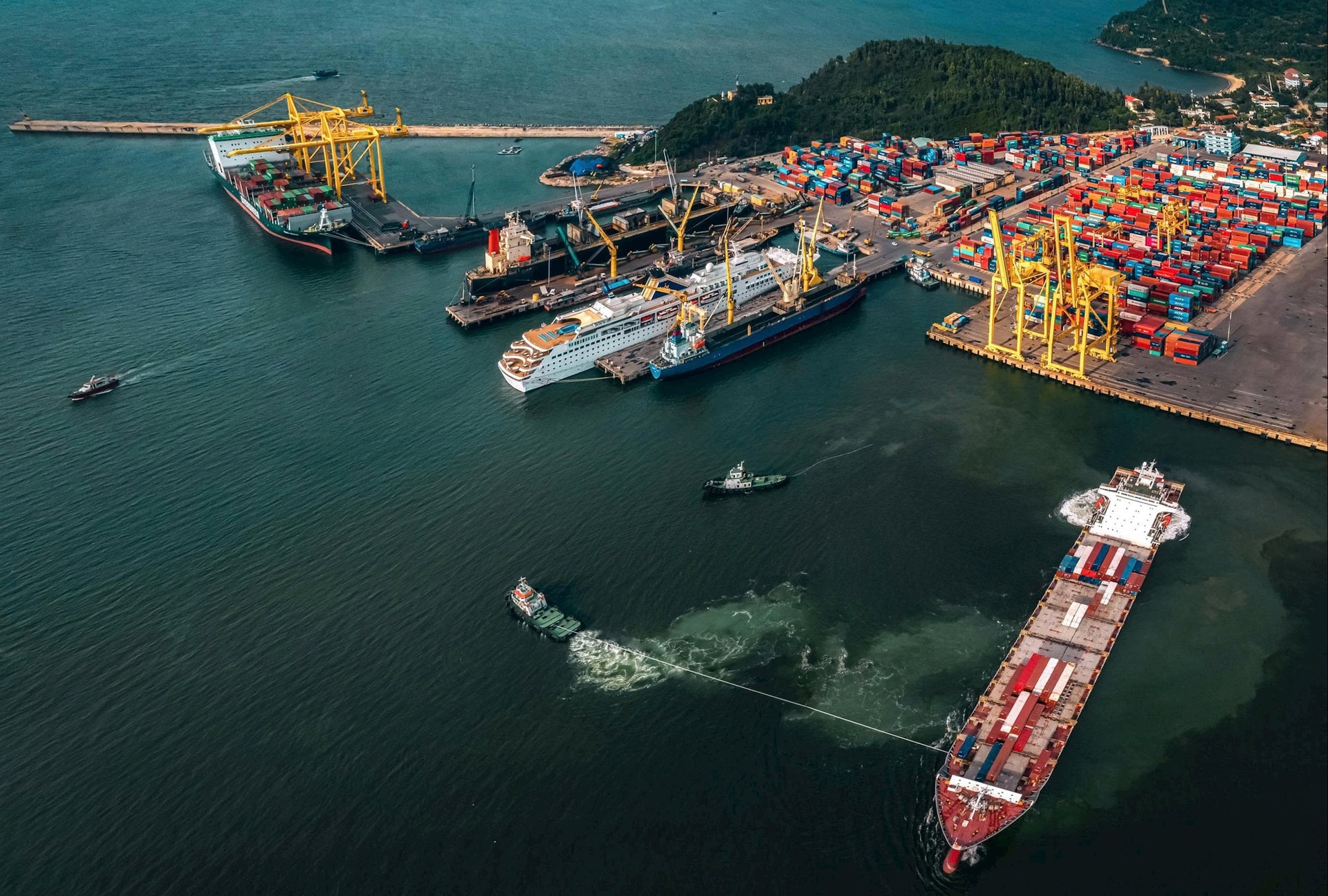
Along with institutions, urban development resources cannot lack the private economy. Resolution No. 68-NQ/TW identifies the private sector as the most important driving force of the economy. The target is to have 2 million enterprises by 2030, contributing 55-58% of GDP, and over 60% of GDP by 2045.
Private enterprises are encouraged to invest in infrastructure, green real estate, public transport, renewable energy, and smart urban services. Thanks to that, the city will have more huge financial resources and spread the spirit of innovation.
Finally, Resolution No. 71/NQ-TW on education and training has placed the human pillar at the center. By 2030, 80% of high schools will meet national standards, 8 universities will be in the top 200 in Asia; by 2045, Vietnam will be in the top 20 education systems in the world. This is the basis for forming a new generation of urban citizens: fluent in foreign languages, good at technology, rich in cultural identity, ready to integrate globally. At the same time, cities will become university and innovation centers, where intellectuals and talents are nurtured.
Overall, the six resolutions complement and are closely linked: Resolution No. 06-NQ/TW opens up development space, Resolution No. 57-NQ/TW creates technological capacity, Resolution No. 59-NQ/TW provides integration momentum, Resolution No. 66-NQ/TW builds the rule of law, Resolution No. 68-NQ/TW liberates private resources, and Resolution No. 71/NQ-TW develops human resources. They form a strategic whole, bringing Vietnamese urban areas from mechanical development to modern, green, smart, and internationally integrated development.
The six resolutions of the Politburo are not only political orientations, but also a strategic framework to realize the aspiration of a strong Vietnam by 2045. Future Vietnamese cities will not only be places to live, but also centers of innovation, gateways of integration and civilized living spaces for all citizens.
It is the synchronization and cohesion of these six resolutions that will help us overcome the contradiction between rapid and sustainable development, creating an urban system with Vietnamese identity, capable of standing shoulder to shoulder with advanced countries in the world.
Source: https://baodanang.vn/sau-nghi-quyet-nen-tang-cho-phat-trien-do-thi-viet-nam-hien-dai-ben-vung-3300664.html


![[Photo] Binh Trieu 1 Bridge has been completed, raised by 1.1m, and will open to traffic at the end of November.](https://vphoto.vietnam.vn/thumb/1200x675/vietnam/resource/IMAGE/2025/10/2/a6549e2a3b5848a1ba76a1ded6141fae)





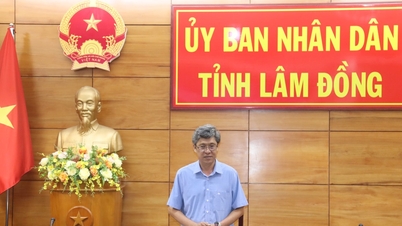



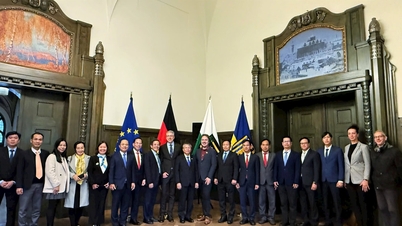
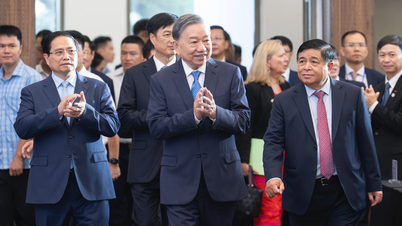

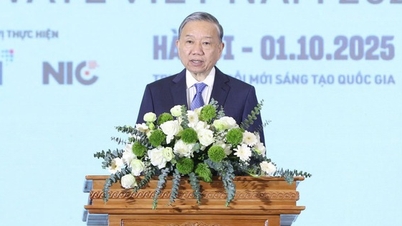

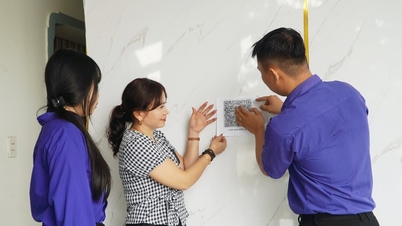
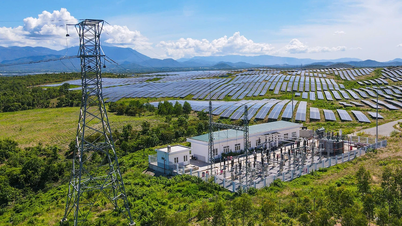





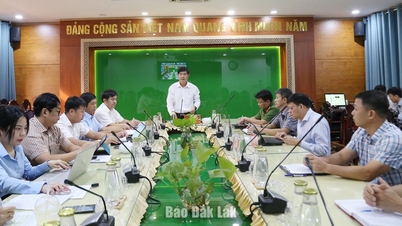

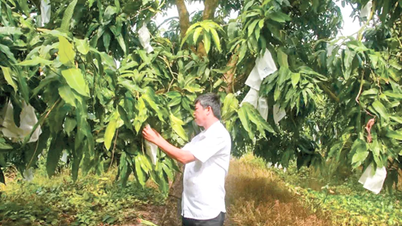

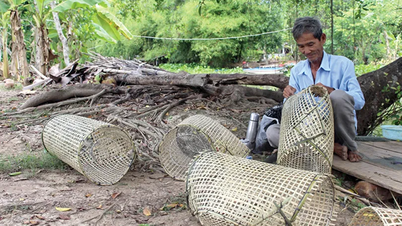




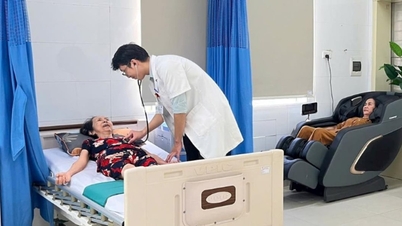

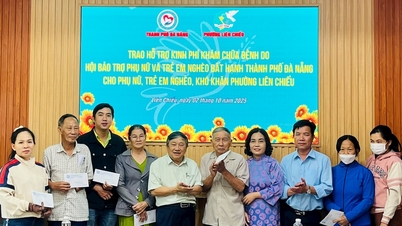
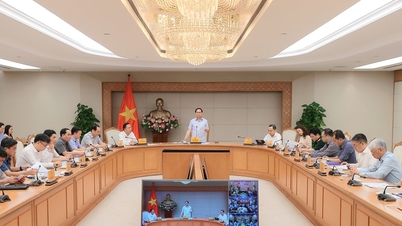
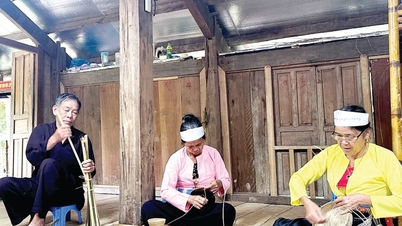
















































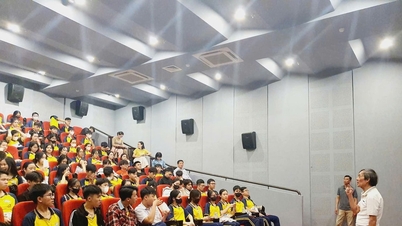


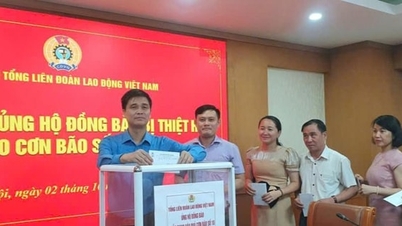
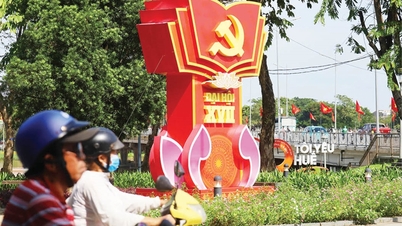

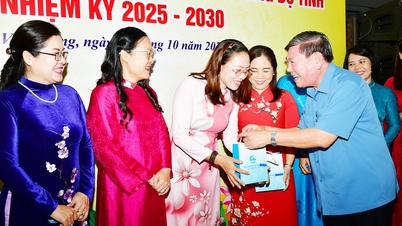














Comment (0)